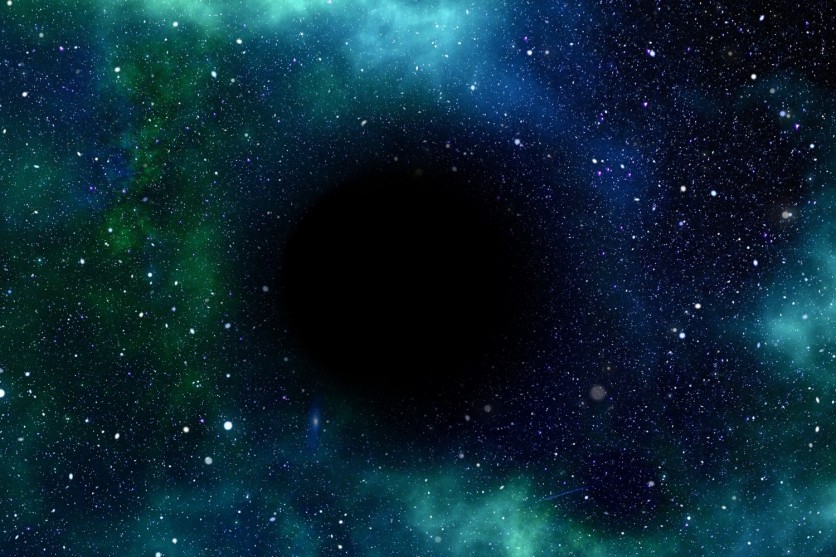Scientists have discovered the heaviest and youngest newborn star ever found in the black hole located at the heart of the Milky Way galaxy.
The research team found the young star X3a that was still in its formation process in the vicinity of the supermassive black hole Sagittarius A* (Sgr A*).
Newborn star X3a is special because it should not have been able to exist so close to the supermassive black, according to the research team.
The team believes that it developed in a dust cloud circling the massive black hole and sank to its orbit only after it was born.

"Paradox of Youth"
According to scientists, the area around the massive black hole is characterized by strong X-ray and UV radiation as well as very active processes.
These specific circumstances prevent stars like the Sun from forming around the black hole. Hence, for a very long time, scientists had anticipated that only old, developed stars could settle by dynamical friction in this region over periods of billions of years.
But surprisingly, extremely young stars were discovered 20 years ago near Sgr A* even though it is still unknown how or where these stars formed. This rare phenomenon has been referred to as "the paradox of youth".
The newly-formed X3a baby star, which is fifteen times heavier and ten times larger than our Sun, may help bridge the gap between star formation and the young stars located near Sgr A*.
The formation of X3a requires specific conditions that are only present near the black hole.
"It turns out that there is a region at a distance of a few light years from the black hole which fulfills the conditions for star formation. This region, a ring of gas and dust, is sufficiently cold and shielded against destructive radiation," first author Dr. Florian Peißker said in a press release statement.
Plausible Scenario
The scientists propose a plausible scenario where a sufficiently dense cloud formed in the outer gas and dust ring surrounding the center of the Galaxy, shielded from the strong gravitational force of Sgr A* and intense radiation. This cloud, with a mass of approximately one hundred suns, collapsed under its gravity to form one or more protostars.
The fall time of this cloud aligns with the estimated age of X3a, according to Peißker. Based on observations, multiple clouds can interact with each other, making it probable that a cloud will occasionally fall toward the black hole.
The proposed scenario aligns with X3a's current phase of stellar development, as it transitions into a mature star. This suggests that the gas and dust ring surrounding the center of our Galaxy may serve as the birthplace of young stars.
The mechanism described could also apply to other galaxies that have similar gas and dust rings, implying that many galaxies might harbor young stars at their centers.
To test this star formation model, observations are planned using the James Webb Space Telescope from NASA or the Extremely Large Telescope from the European Southern Observatory in Chile, for both our Galaxy and others.
The findings of the study were published in The Astrophysical Journal.
Related Article : Astronomers Plan to Dig Deep Into the Milky Way through Sagittarius A*

ⓒ 2025 TECHTIMES.com All rights reserved. Do not reproduce without permission.

![Best iPads that Students Can Use in School [2025]](https://d.techtimes.com/en/full/461431/best-ipads-that-students-can-use-school-2025.jpg?w=184&h=103&f=516289300e12e9647ef3d5bd69f49b70)


